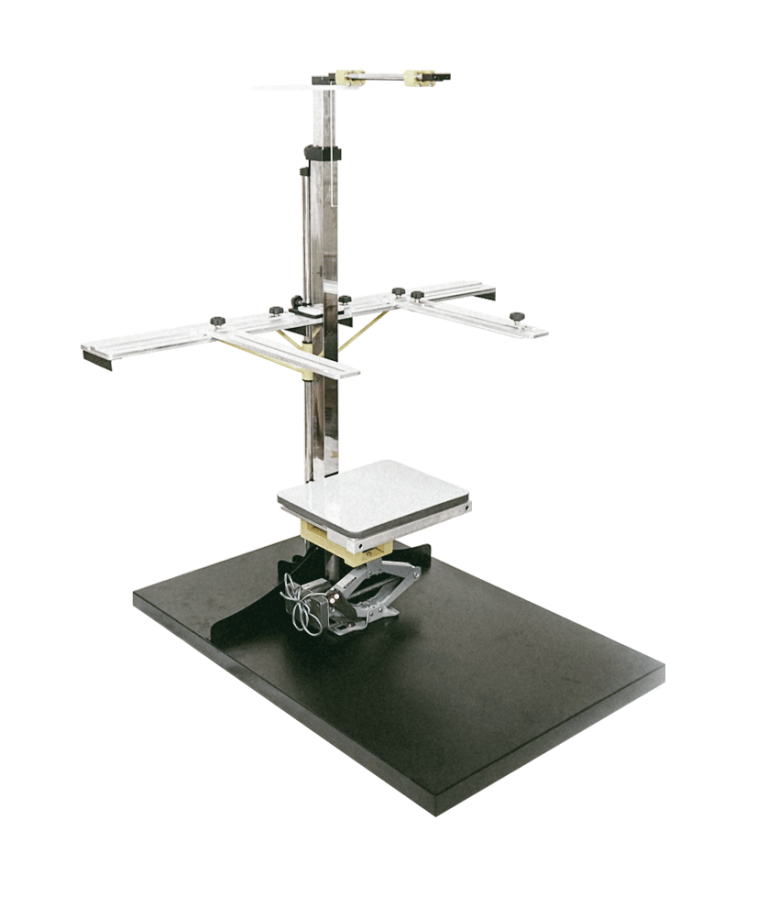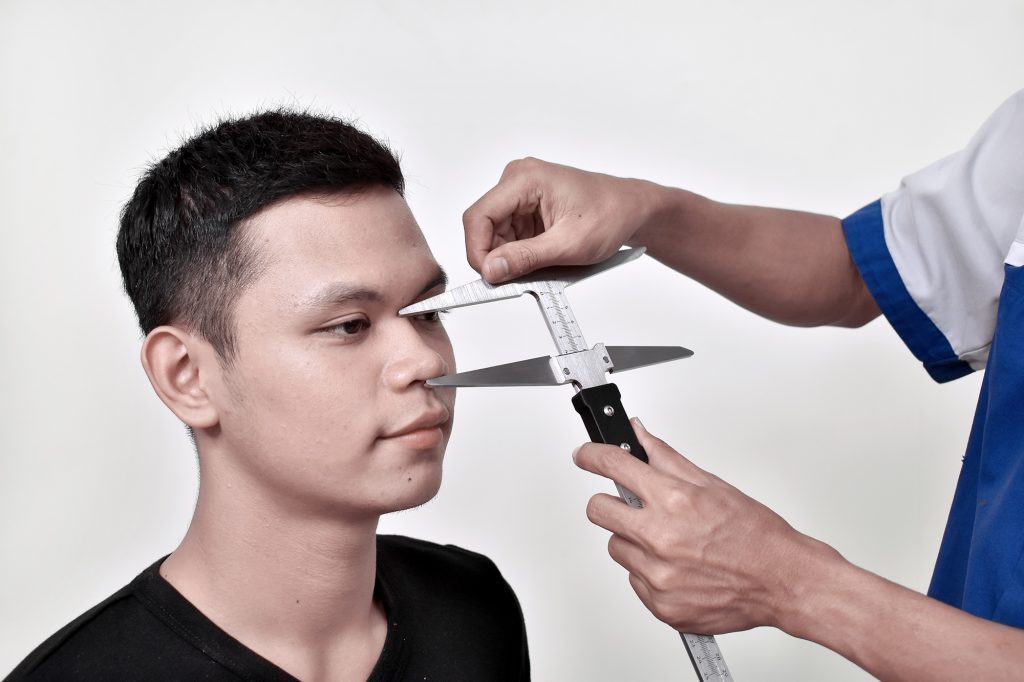Musculoskeletal Disorders (MSDs) is chronic pain affacting the connective tissues, nerves, joints, and ligaments caused by ergonomic hazards. Therefore, Ergonomic hazards themselves refer to physical factor due to the non-ergonomic tool.
Musculoskeletal disorders (MSD) can arise due to inappropriate ergonomic risk factors in the workplace or daily activities. These factors can increase physical stress on the body, causing discomfort, fatigue, and ultimately, leading to chronic injuries.
What is the Musculoskeletal System?
The Musculoskeletal System is known as the skeletal system or movement system. This system functions to provide structural support to the body, allows movement, and protects internal organs. Apart from that, the musculoskeletal system also plays a role in maintaining body balance. Secondly, this system also supports various physiological functions such as the production of blood cells in the bone marrow.
Therefore, maintaining a healthy musculoskeletal system is essential to maintain mobility, strength, and general well-being of the body. Physical exercise, good nutrition, and proper care can help maintain a healthy musculoskeletal system. Therefore, you need to choose the right ergonomic tools to help you avoid musculoskeletal pain.
Ergonomic Hazard, Risk Factors for Musculoskeletal Disorders

Risk factors for musculoskeletal disorders usually referred to as ergonomic hazards or errors in carrying out work activities. Some activities that cause musculoskeletal disorders are:
- Force: The use of force to carry out certain activities, such as lifting, pushing, pulling, or carrying heavy objects without the help of tools and beyond the body’s capabilities.
- Repetition: Performing the same action over and over again involving the same muscles or joints.
- Posture: Bent position of the body for long periods of tim.
- Unergonomic Equipment: inappropriate tables and chairs or equipment that is difficult to reach, can cause discomfort and musculoskeletal disorders.
Examples of Musculoskeletal Disorders Due to Ergonomic Hazards
Symptoms of musculoskeletal disorders usually start with cramps, pain, tingling and muscle function disorders. Examples of musculoskeletal disorders are as follows:
- Osteoarthritis: Wearing of the cartilage in the joints, causing friction between the bones.
- Osteoporosis: A condition in which bone density decreases, making bones brittle and susceptible to fracture.
- Tendonitis: Inflammation of tendons, the structures that connect muscles to bones.
- Bursitis: Inflammation of the bursa, a fluid-filled sac that lubricates the areas between bones, tendons, and muscles to reduce friction.
- Scoliosis: A spinal posture disorder characterized by an abnormal curvature of the spine.
How to Prevent Musculoskeletal Disorders

The most appropriate way to prevent musculoskeletal disorders is to understand the principles of ergonomics. The principle of ergonomics is to reduce the load on the human body. Some ergonomic equipment that can help you reduce the risk of injury are:
Ergonomic Table and Chair Design:
- Make sure tables and chairs are adjustable
- Use a chair that supports the natural curve of the spine.
- Make sure there is support for the lower back.
- Place the keyboard and mouse at a height that allows the user to keep their wrists in a comfortable position
Workspace Management:
- Arrange equipment and materials
- Avoid stacking things on the work table that can disturb the work space.
Measuring Instruments for Space Design and Ergonomic Tools
Good equipment planning is based on how humans can optimize their performance and minimize labor. As explained above, we need a tool to measure the dimensions of the human body to create an ergonomic tool.
1. Anthropometric Chair, Measurement Tool For Ergonomic Chair


It is the world’s first anthropometric chair. With high-quality specifications, the Anthropometric Chair has undergone a calibration process to verify the anthropometric data it produces. Moreover, the Anthropometric Chair is capable of measuring up to 34 human body dimensions.
Find Anthropometric Chair Here
2. Portable Anthropometry, OFF TO 25%
Portable Anthropometry is an anthropometric measurement tool capable of measuring up to 100 human body dimensions. Unlike the Anthropometric Chair, Portable Anthropometry can be used anywhere due to its portable design.
Find Portable Anthropometry Here

Both of these tools have been used in various institutions, both domestically and internationally. These institutions focus on various scientific fields, including education, government agencies, the military, architecture, and even forensic science.
For further information regarding these instruments please contact us through email at admin@soloabadi.com and WhatsApp on 08510888111.


